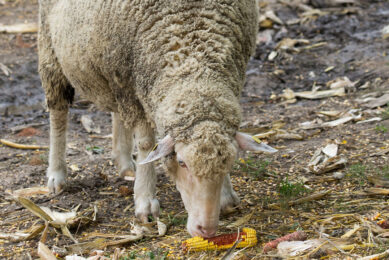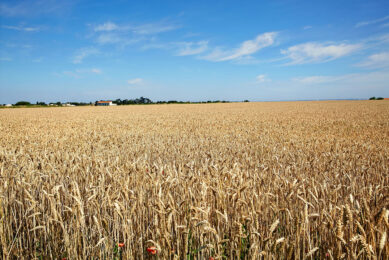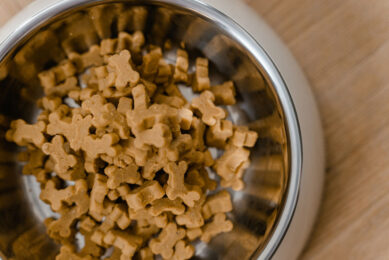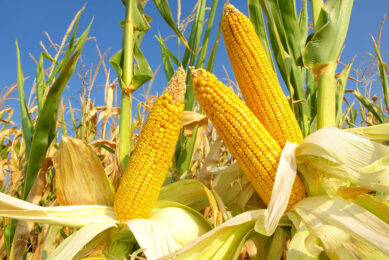Importance of understanding corn hybrids

Corn breeders are constantly working on improving nitrogen-use efficiency and crowding tolerance, all while maximizing yield. The first step, according to a new study from the University of Illinois, is understanding the genetic yield potential of current hybrids.
On the website of the University of Illinois College of Agricultural, Consumer and Environmental Sciences (ACES) Fred Below, professor of crop physiology in the Department of Crop Sciences at the University if Illinois and co-author on the study says: “Growers and breeding programmes need to understand which hybrids have stable yields across environments or are able to produce greater yields with more fertiliser and higher plant populations.” Mr Below published the results of this study in the journal Crop Science.
Mr Below and his research team evaluated 101 commercially available elite hybrids at 2 planting densities and 3 nitrogen fertiliser rates across multiple years and locations.
“The objective was to measure the interactions of the hybrid with the environment and management style by evaluating an extensive assortment of current maize hybrids for yields and classify them for yield stability and crop-management adaptability to improve future breeding programmes,” he says. The researchers found that the amount of applied nitrogen fertiliser had a much greater effect on yield than planting density, but they emphasise that the consistency of the yield response was more important.
Hybrids that combined above-average yield under unfertilized and low-nitrogen conditions exhibited more consistent yields regardless of the environment, even when grown with high rates of nitrogen. These workhorse hybrids would be best used in nitrogen-loss prone areas, or when yield stability is more desired. In contrast, other hybrids yielded more under high-nitrogen than low-nitrogen conditions, but their yields were more variable, due to a greater sensitivity to environmental conditions. These racehorse hybrids have potential for greater yield return when provided the optimal management and environment, but also carry a higher risk of underperformance in yield when faced with less-than-ideal conditions.
Source: University of Illinois











